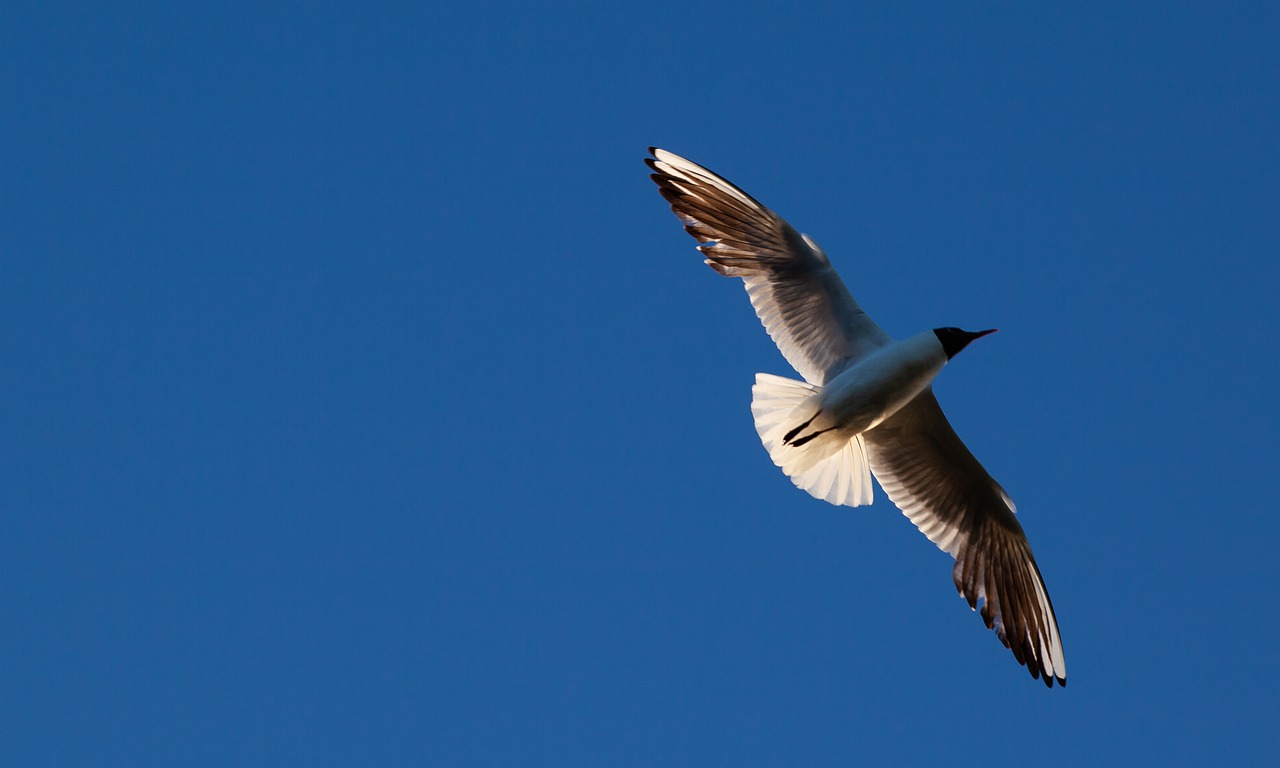Den lettiska skrattmåspopulationens utveckling under senare tid
DOI:
https://doi.org/10.34080/os.v6.22993Nyckelord:
populationsstudier, häckningsframgång, predation, predator-bytesinteraktion, interaktion mellan predator och byte, antropogena effekter, habitatdegraderingAbstract
The Black-headed Gull population in Latvia increased from 10,000 pairs in the early 1940s to 110,000 pairs in 1986, then decreased to about 40,000 pairs in 1994 and continues declining. The population changes have been more pronounced at coastal sites than at inland ones. Simultaneous changes in breeding success (a significant decline of average number of fledglings/pair since 1974), diet and feeding flights have taken place. Changes in the availability of anthropogenic food, appearance of new predators (mainly the American mink Mustela vison) and decrease of suitable nesting habitat are considered local reasons for the recent population decline.
Nedladdningar

Downloads
Publicerad
Referera så här
Nummer
Sektion
Licens
Författaren/författarna innehar copyright för varje enskilt bidrag, men samtliga bidrag är publicerade under en Creative Commons-licens, så att vem som helst kan dela och återanvända bidraget förutsatt att copyright-innehavaren erkänns.







